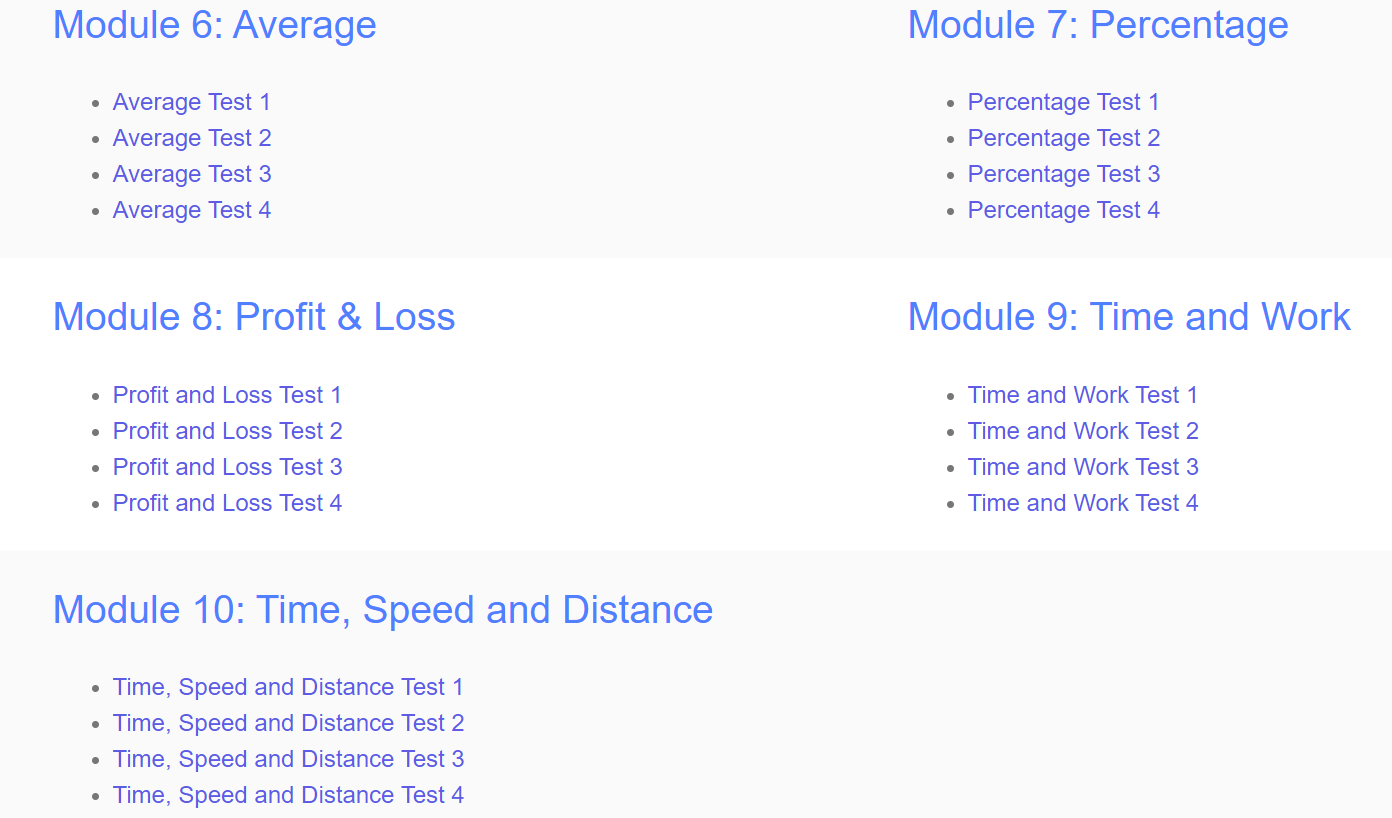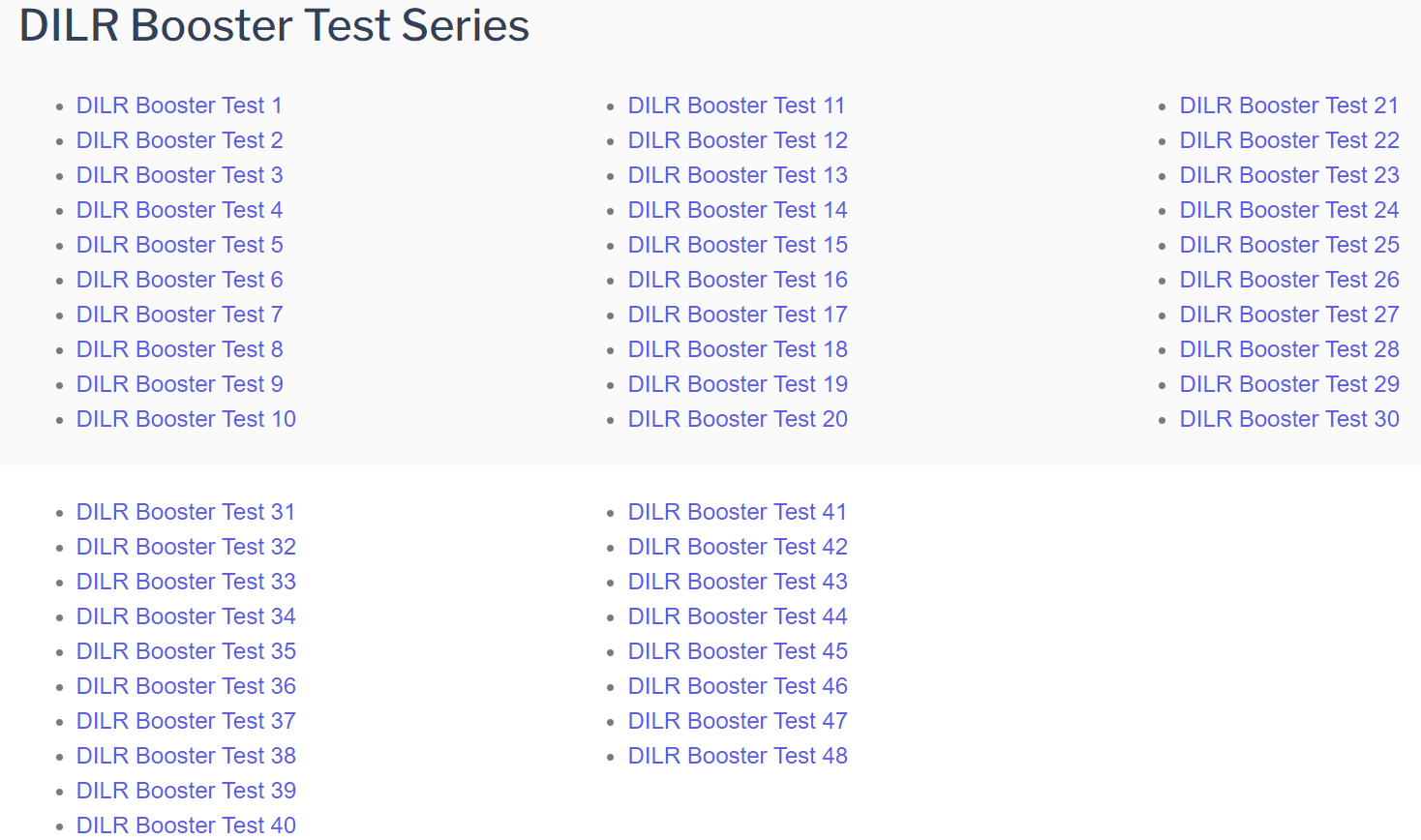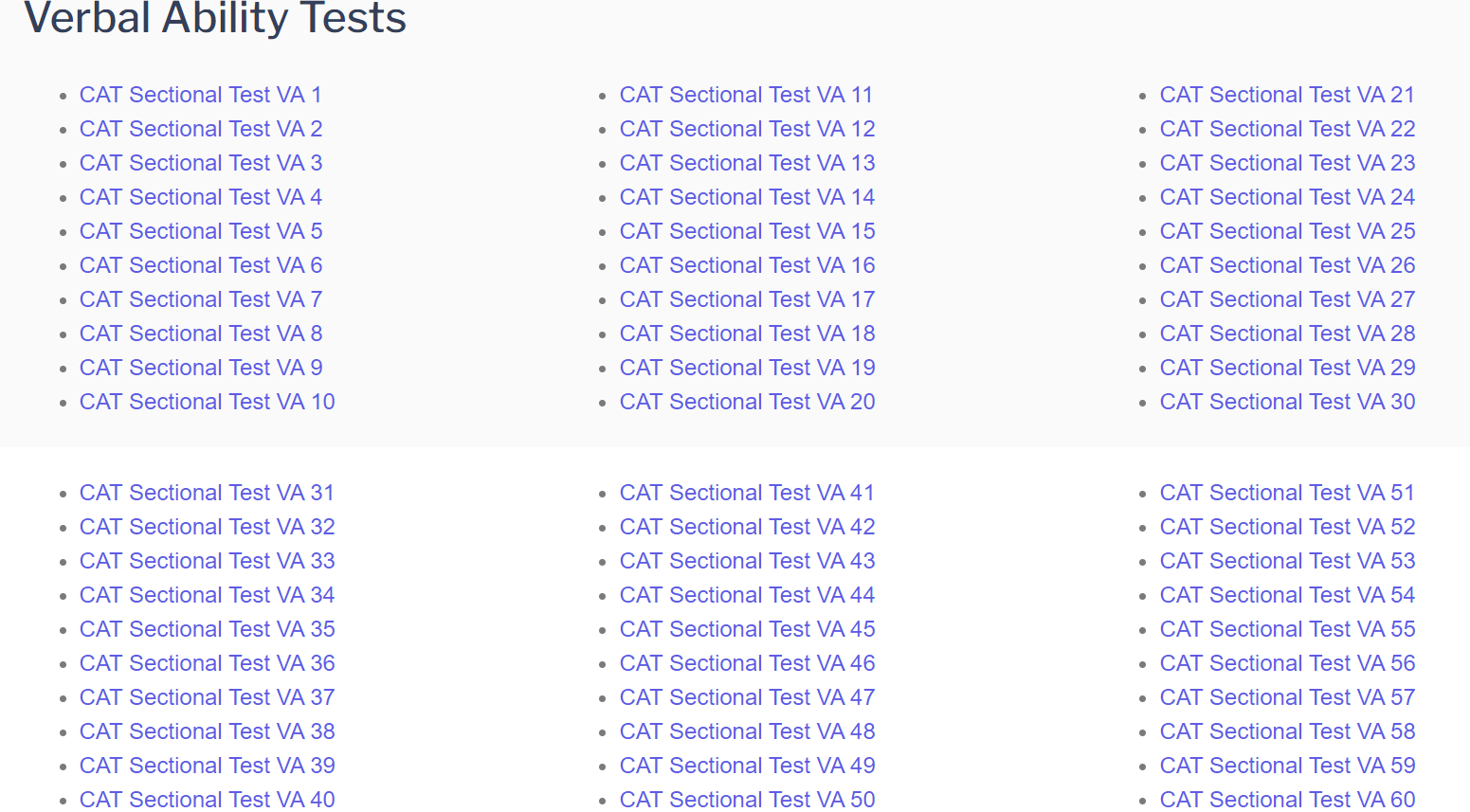- CAT Courses
- Free Video Resources & Tests
Video Resources
...
- Super 75
- CAT Past Papers
- Free Study Material
- BlogsNovember 7, 2025
Top MBA Colleges to Apply Before CAT 2025
- Results
One of the major questions CAT aspirants face while giving mocks is – How to analyze CAT mocks? We will keep this article as short and at the point.
Before we move on to section-wise analysis and understanding how to analyze CAT mocks.
Quant has three major pillars, arithmetic, algebra and geometry. In all the mocks you have to majorly focus on these areas. Once you’re done with mock, make an excel and write area vs questions vs accuracy.
See where you’re losing marks, is this the accuracy, or is it speed or the conceptual gap? What is the exact reason?
Module-wise tests Quantitative Aptitude:
Just a glimpse 🙂

Mini Mocks: https://quantifiers.in/mini-mocks/
DILR Booster: https://quantifiers.in/dilr/dilr-booster-test-series/

Need Guidance for it?
Sahil Arora (Co-Founder of Quantifers CAT Academy)
Will help in building your CAT journey.
+91 99886 56560 Call or WhatsApp
To practice Verbal Ability from the best updated resource for CAT 2024? Here it is
Verbal Ability: https://quantifiers.in/verbal-ability-tests/
Critical Reasoning: https://quantifiers.in/critical-reasoning-tests/
XAT Verbal Ability: https://quantifiers.in/xat-english-verbal-tests/

And many more
Go on our website to access every CAT resource: https://quantifiers.in/
This is the only strategy you need to ace your CAT Mocks!
Remember that consistent and focused practice is key to performing well in CAT mocks. Use each mock test as an opportunity to learn and improve, and adjust your study plan accordingly. Good luck!
To connect with us, for mentorship and daily test practice
DM us on Instagram or WhatsApp. We reply back 24/7. Get your CAT prep started

We at Quantifiers understand and deliver on the personal attention each of our students requires. Whether it is through our pedagogy that enables non-engineers or non-math background students, our constant effort to proactively provide solutions, or our focus on our student’s goals.